The disc screen, also called disc screen separator or turntable screen, is an efficient screening equipment. It adopts a high-speed rotating disc design, and achieves accurate separation of materials of different sizes and shapes through the rolling and stirring of the disc. The disc screen has the characteristics of strong processing capacity, high screening efficiency, small footprint, and low energy consumption. It is widely used in the pretreatment of various types of solid waste such as domestic waste, building decoration waste, stale waste, and kitchen waste. Its modular design and intelligent frequency conversion drive system make the equipment maintenance and operation more convenient, making it the preferred equipment in modern waste treatment facilities.
【Device Type】:Sorting equipment
【Handling Materials】:Domestic garbage, construction and decoration garbage, commercial/industrial garbage, coal and other solid waste, mud, gravel, ore and other stone materials, sticky materials, etc..
【Equipment capacity】:5-200T/H
【Equipment power】:10-160W/H
【Scope of application】:Disk Screen is widely used in the pretreatment of various solid wastes such as domestic waste, construction and decoration waste, stale waste, and kitchen waste.
The disc screen is an efficient screening equipment. It can achieve accurate separation of materials of different sizes and shapes through the rolling motion of precisely designed discs. The equipment has the characteristics of strong processing capacity, high screening efficiency, small footprint and low energy consumption, making it the preferred equipment in modern waste treatment facilities. The modular design of the disc screen makes the equipment maintenance and operation more convenient. Users can flexibly choose the number of discs according to actual sorting needs to achieve rapid adjustment of the equipment. At the same time, the disc screen is also equipped with an intelligent variable frequency drive system, which uses variable frequency stepless speed control technology to further reduce energy consumption and improve operational safety. The equipment is widely used in the pretreatment of various types of solid waste such as domestic waste, construction and decoration waste, and stale waste, and has made important contributions to urban environmental sanitation and sustainable development. In short, the disc screen has a wide range of application prospects in the field of screening equipment with its unique structure and excellent performance.
The disc screen is mainly used for various solid wastes, such as domestic waste, building decoration waste, stale waste, kitchen waste, etc. It can crush fine particles in domestic waste, facilitate subsequent processing, and entangle flexible materials, especially materials that cannot be separated by drum screens and vibrating screens. It is not easy to separate stones and wet soil when mixed together. Difficult separation does not mean that it cannot be separated. There is such a device, which is the nemesis of stone and mud stone separation.
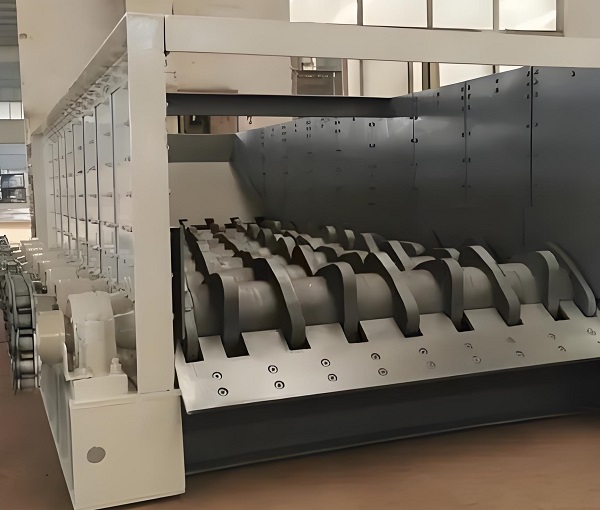
Disk Screen
The disc screen machine can also be used alone or in conjunction with various sand and gravel production lines to separate mud and stone well. This equipment can replace the vibrating feeder. While separating wet soil, it can realize the function of the feeder, so that the material entering the crusher is basically large stones, with almost no excess soil. In this way, the efficiency of the crusher is not only greatly improved, but also the crusher is prevented from various failures caused by soil mixing.
The disc screen machine can be selected according to the user's production scale. The equipment can achieve the expected output by increasing or decreasing roller separation according to the output. The butterfly screening machine uses a motor to drive the drum to move regularly, and the disc configured on the drum promotes the advancement of materials. The spacing between the rollers is adjusted to determine the size of the separated material. The box can also be equipped with a ventilator to dry the wet material. This is why the disc screen separates mud and stone. The use of a mud and stone separator can solve some problems in mining. At the same time, it can also be a good substitute for the drum screen and vibrating screen to double the processing efficiency.
The principle of the disc screen is mainly based on the rotation of the material, centrifugal force and gravity for screening.
The disc screen is a rotary screening device that screens granular materials according to particle size through the screen. During the screening process, the force will project the material onto the screen surface, and then the material will be crushed by the screen and sorted by gravity to achieve the purpose of screening.
The disc screen is mainly composed of a motor, a reducer, a screen, a material inlet and outlet, and a screen machine body. During operation, the motor drives the reducer to rotate, driving the entire screen machine to rotate. After the material is put into the material inlet, due to the action of centrifugal force, the material will continue to rotate along the disc and be projected onto the screen surface. Large particles of material will be rejected above the screen surface due to inertia, and small particles of material will fall on the bottom of the screen through the screen holes. After multiple screenings, materials with similar particle sizes are finally separated.
1. Structural composition: The disc screen is usually composed of a screen drum, a screen, a motor, a reducer and a bracket. The screen drum is the main part, and the screen is the key component of screening, usually woven with metal wire.
2. Working principle: The motor and reducer provide power to rotate the screen drum. The material enters the screen drum through the feed port. Due to the rotation of the screen drum and the action of the screen, the material is evenly distributed on the screen.
Screening process:
a. The rotating screen will generate a certain centrifugal force. The material is acted upon by the centrifugal force on the screen, causing the particles to move outwards close to the screen, thereby improving the screening effect.
b. Gravity is also one of the main forces for material screening. Gravity pushes larger particles to the outside of the screen. These particles cannot pass through the pores of the screen and are retained on the screen.
c. Smaller particles can pass through the pores of the screen and enter the discharge port below to achieve screening.
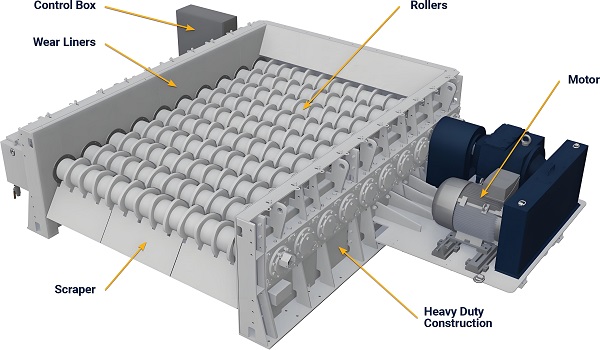
Working principle of Disc Screen
The disc screen achieves precise screening of materials of different sizes and shapes through its unique structure and principle.
As an efficient and advanced screening equipment, the disc screen plays a vital role in many industries and fields. Its unique working principle and structural design enable it to accurately screen various materials and provide high-quality raw materials for subsequent process processing. The following will elaborate on the role of the disc screen and its application in different fields.
A. The main role of the disc screen
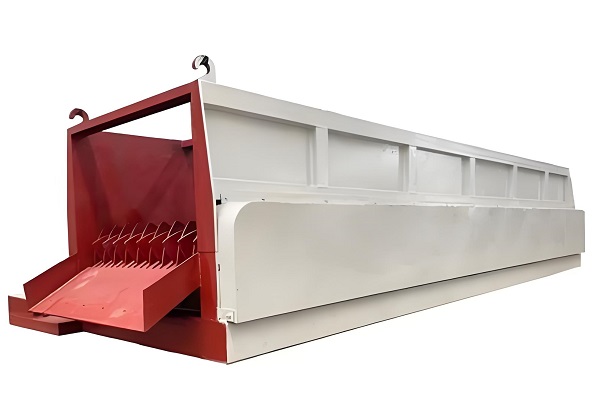
Disk Screen
1. Accurate screening: The disc screen can accurately screen materials of different sizes, shapes and densities through its unique screening mechanism. This screening effect not only improves the utilization rate of materials, but also reduces the difficulty and cost of subsequent process processing.
2. Improve production efficiency: The disc screen has a high screening efficiency and can process a large amount of materials in a short time. This is undoubtedly a huge advantage for production lines that need to process a large amount of raw materials quickly. At the same time, its screening process is stable and the failure rate is low, which further ensures the stability of production efficiency.
3. Energy saving and environmental protection: During the screening process, the disc screen can make full use of the kinetic energy and gravitational potential energy of the material to reduce energy consumption. At the same time, its reasonable structural design reduces the emission of noise and dust, which meets the requirements of modern industry for environmental protection.
4. Strong adaptability: The disc screen can handle a variety of materials, including sticky, moist, and easy-to-block materials. This makes the disc screen widely used in many industries and fields.
B. Application of disc screens in different fields
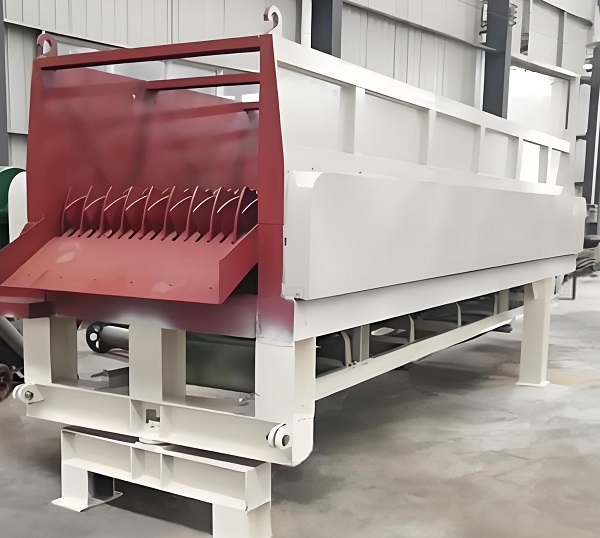
Disk Screen
1. Solid waste treatment: In the field of solid waste treatment, disc screens are widely used in the pretreatment and screening of solid wastes such as domestic waste, construction waste, and industrial waste. Through the screening of the disc screen, different components in the solid waste can be separated, which provides convenience for subsequent resource utilization or harmless treatment.
2. Ore screening: Disc screens are also widely used in ore mining and processing. Through the screening of the disc screen, particles of different particle sizes and densities in the ore can be separated, providing suitable raw materials for subsequent crushing, grinding and other processes.
3. Food processing: In the food processing industry, disc screens are used to screen and grade food raw materials. Through the screening of the disc screen, impurities and unqualified particles in food raw materials can be removed to improve the quality and safety of food.
4. Chemical production: In the process of chemical production, disc screens are used to screen and grade chemical raw materials. Through the screening of disc screens, chemical raw materials with uniform particle size distribution that meet production requirements can be obtained, providing high-quality raw materials for subsequent chemical reactions and process treatments.
5. Environmental protection field: The application of disc screens in the field of environmental protection is also becoming more and more extensive. For example, in the process of sewage treatment, disc screens can be used to remove suspended matter and particulate matter in sewage; in the process of sludge treatment, disc screens can be used to dehydrate and screen sludge.
PS: As an efficient and advanced screening equipment, disc screens play a vital role in many industries and fields. Its characteristics of precise screening, improved production efficiency, energy saving and environmental protection, and strong adaptability make disc screens an indispensable and important equipment in modern industry. With the continuous development of science and technology, the performance and application fields of disc screens will continue to expand and improve.
The disc screen is an efficient screening equipment. Through its unique structure and working principle, it can quickly and efficiently classify and process construction waste. Compared with other types of screening machines, the disc screen has the advantages of no clogging, large processing capacity, and high screening accuracy. The butterfly screen has the following technical characteristics and advantages:
A. Technical characteristics of the disc screen:
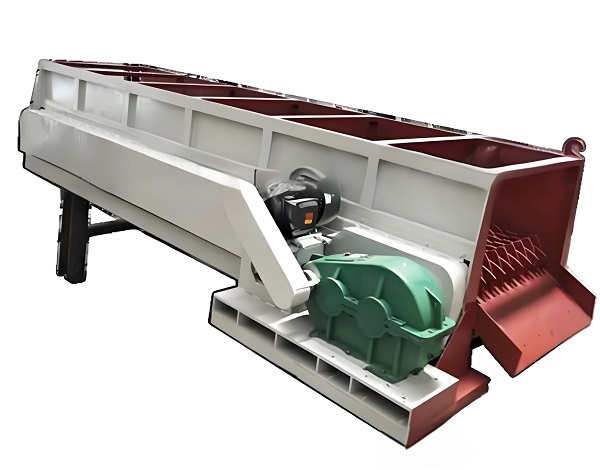
Disk Screen
1. Hexagonal arc disc design: With modular structure, users can flexibly choose the number of discs according to actual sorting needs, which not only improves the screening efficiency, but also facilitates daily maintenance and rapid adjustment of the equipment structure to adapt to screening tasks with different material characteristics.
2. Efficient processing and compact footprint: With its excellent design, the disc screen can achieve large-scale garbage processing capacity while occupying a small space. The screen hole size can be customized according to specific needs, further enhancing its application flexibility and pertinence.
3. Intelligent variable frequency drive system: The innovative use of variable frequency stepless speed control technology not only reduces energy consumption, but also greatly improves the safety of operation and the controllability of processing volume, achieving dual optimization of energy efficiency and processing efficiency.
4. High-performance wear-resistant components: Equipped with special wear-resistant sprockets and original tension chain design, it ensures the stability and durability of the equipment under long-term high-load operation, reduces maintenance costs, and extends the life of the equipment.
B. Unique advantages of disc screens
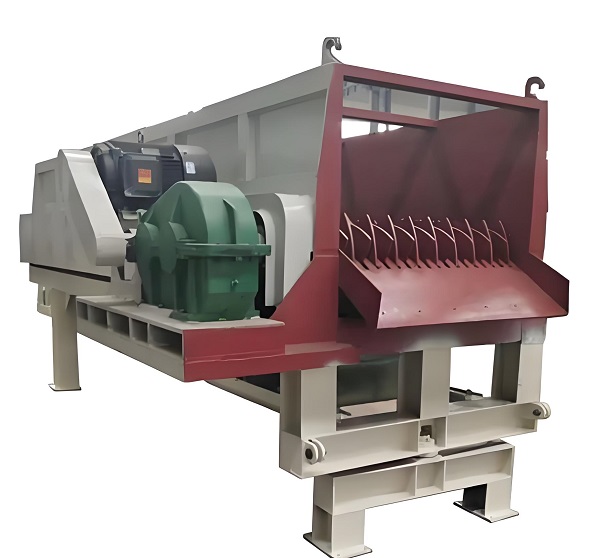
Disk Screen
1. Efficient screening without clogging: The disc screen adopts a unique rotating design to continuously flip the material on the screen surface, effectively avoiding the problem of material clogging. This means that when processing wet and sticky materials and construction waste, the disc screen can still maintain efficient operation.
2. Large processing capacity and doubled efficiency: Due to the special structure of the disc screen, its processing capacity per unit area is significantly improved. Compared with traditional screening equipment, the processing capacity of the disc screen can be doubled or even more, greatly improving production efficiency.
3. High-precision screening to improve the quality of finished products: The disc screen can accurately classify construction waste of different particle sizes, making the recycled aggregate cleaner and more uniform. This provides high-quality raw materials for subsequent production and application, and improves the overall process level.
PS: As a powerful tool for modern construction waste treatment, the disc screen completely overturns the limitations of traditional screening equipment with its high efficiency, non-clogging and high precision. It not only doubles the processing efficiency of construction waste, but also makes important contributions to urban environmental protection and resource recycling. Choosing a disc screen means choosing an efficient and environmentally friendly future.
Choosing the right disc screen requires comprehensive consideration of multiple factors to ensure screening effect, production efficiency, and equipment stability and durability. Here are some key selection steps and considerations:
A. Clarify screening requirements
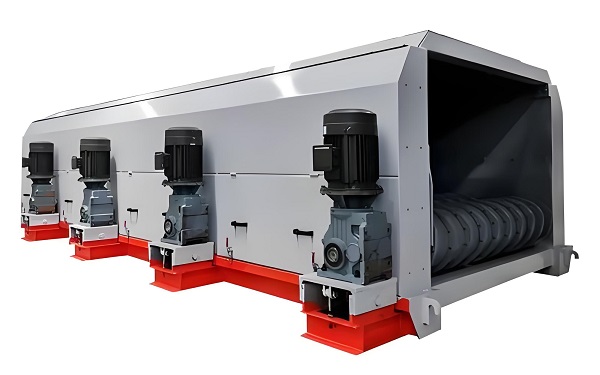
Disk Screen
1. Material properties: Understand the properties of the material to be screened, such as particle size, density, humidity, viscosity, etc. These characteristics will directly affect the selection of disc screens and screening effects.
2. Screening accuracy: Determine the screening accuracy according to production needs, that is, the particle size range of the material to be separated. The higher the screening accuracy, the higher the requirements for the disc screen.
3. Processing capacity: According to the processing capacity requirements of the production line, select the appropriate disc screen model and specification. Processing capacity is usually expressed in terms of the amount of material that can be processed per unit time.
B. Examine equipment performance
1. Screen structure: The screen structure of the disc screen directly affects the screening effect. Select a screen with a suitable mesh size and shape to ensure screening accuracy and efficiency.
2. Drive mode: There are many drive modes for disc screens, such as motor drive, hydraulic drive, etc. Select the appropriate drive mode according to the production environment and needs to ensure the stability and durability of the equipment.
3. Adjustment function: Investigate whether the disc screen has adjustment functions, such as adjusting the screen gap, screening speed, etc. These functions can improve the flexibility and adaptability of the equipment and meet different production needs.
C. Consider equipment maintenance and care
1. Replacement of wearing parts: Understand the wearing parts of the disc screen and their replacement cycle, so as to replace and repair them in time to ensure the continuous and stable operation of the equipment.
2. Convenience of maintenance and care: Choosing a disc screen that is easy to maintain and maintain can reduce downtime and repair costs and improve production efficiency.
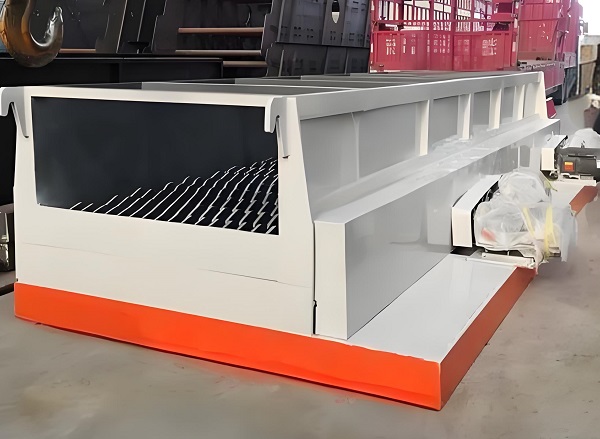
Disk Screen
D. Choose a reliable supplier
1. Brand reputation: Choosing a supplier with a well-known brand and good reputation can ensure the quality and after-sales service of the equipment.
2. Technical support: Understand whether the supplier provides technical support and training services so that problems can be solved in time when they are encountered during use.
3. Price comparison: Under the premise of ensuring the quality of the equipment, compare the prices and services of different suppliers and choose a disc screen with high cost performance.
E. Actual testing and evaluation
If conditions permit, the selected disc screen can be actually tested or evaluated. Through testing, you can understand the actual operation effect, screening accuracy and processing capacity of the equipment, so as to make the final choice.
PS: Choosing the right disc screen requires comprehensive consideration of multiple factors such as material characteristics, screening accuracy, processing capacity, equipment performance, maintenance convenience, and supplier reputation. Through comprehensive evaluation and comparison, you can ensure that you choose the disc screen that best suits your production needs.
| HEXTRA model | ZCDS-2 | ZCDS-3 |
| Transport length | 8740mm | 8740mm |
| Maximum transport width | 2550mm | 2550mm |
| Transport height | 3100mm | 3100mm |
| Maximum working length | 15500mm | 15500mm |
| Working width | 7120mm | 9400mm |
| Maximum working height | 4250mm | 4250mm |
| Maximum weight | 23T | 25T |
| Tank capacity | 120L | 120L |
| Hydraulic pump flow rate | 0–90L/M | 0–90L/M |
| Hydraulic oil capacity | 130L | 130L |
| Screening length options (three models) | 5000mm, 6000mm, or 7000mm | 5000mm, 6000mm, or 7000mm |
| Engine | 48kW | 48kW |
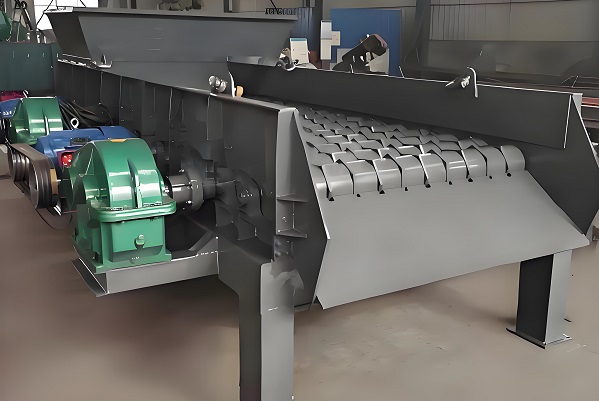
 2025-01-02
2025-01-02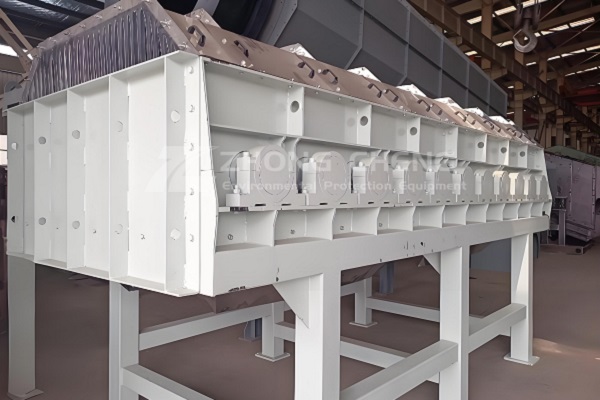
 2025-01-02
2025-01-02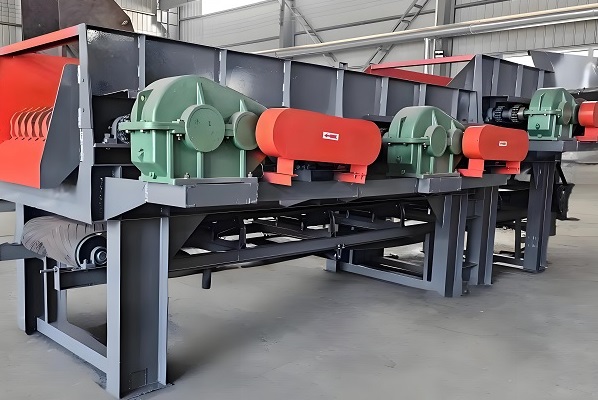
 2024-11-16
2024-11-16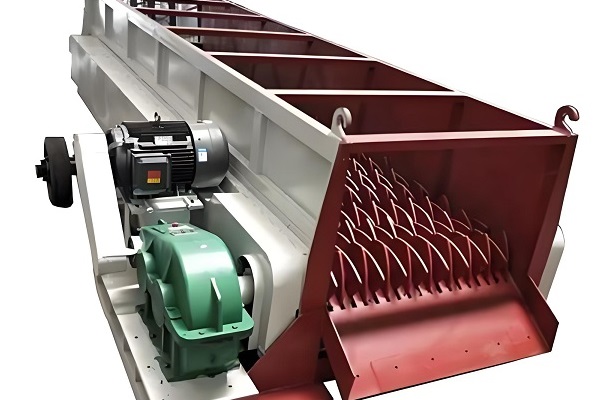
 2024-11-15
2024-11-15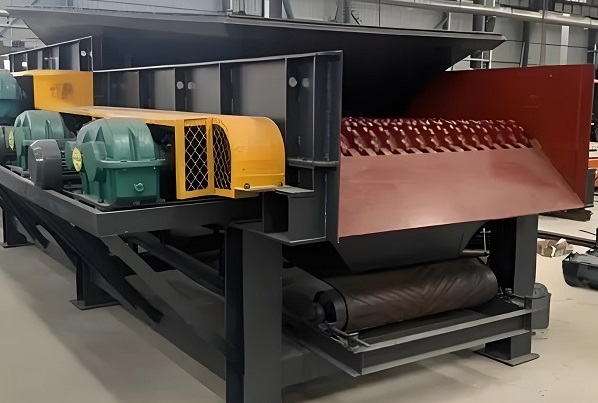
 2024-11-15
2024-11-15Save Time! Get A Detailed Quotation Quickly.
